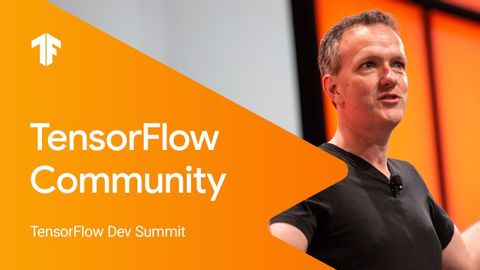
字幕與單字
TensorFlow開源社區與合作(TF Dev Summit '19) (TensorFlow Open Source Community And Collaboration (TF Dev Summit '19))
00
林宜悉 發佈於 2021 年 01 月 14 日收藏
影片單字
community
US /kəˈmjunɪti/
・
UK /kə'mju:nətɪ/
- n. (c./u.)社區;團體;社群意識;線上社群;(生態)群落;實務社群;歐盟
- adj.社區的;共同的
A2 初級中級英檢
更多 使用能量
解鎖所有單字
解鎖發音、解釋及篩選功能
